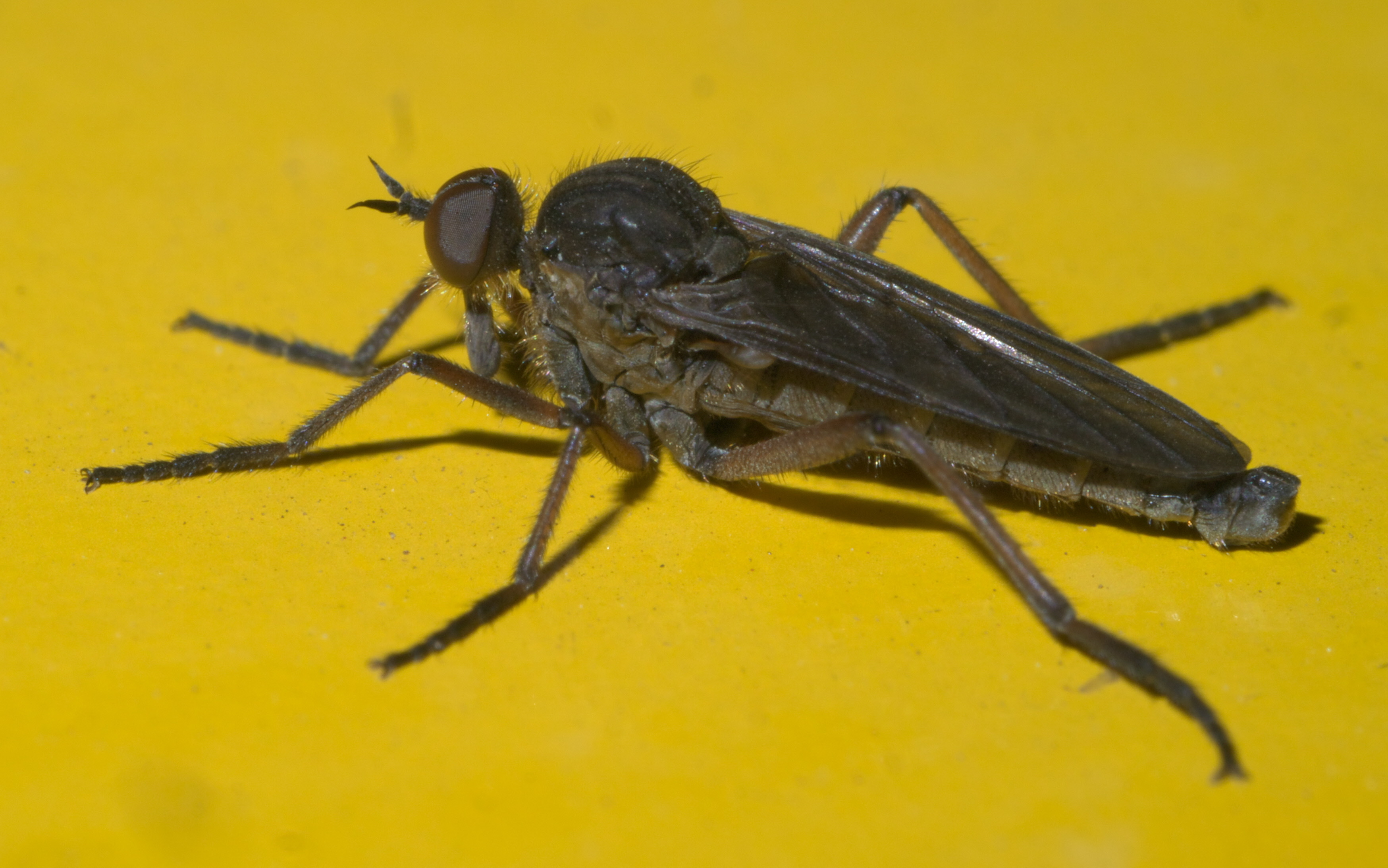|
Rhamphomyia Heterochroma
''Rhamphomyia heterochroma'' is a species of dance flies, in the fly Flies are insects of the Order (biology), order Diptera, the name being derived from the Ancient Greek, Greek δι- ''di-'' "two", and πτερόν ''pteron'' "wing". Insects of this order use only a single pair of wings to fly, the hindwing ... family Empididae. It is included in the subgenus ''Holoclera'' of the genus ''Rhamphomyia''. References {{Taxonbar, from=Q13986942 Rhamphomyia Asilomorph flies of Europe Taxa named by Mario Bezzi Insects described in 1898 ... [...More Info...] [...Related Items...] OR: [Wikipedia] [Google] [Baidu] |
Mario Bezzi
Mario Bezzi (1 August 1868, in Milan – 14 January 1927, in Turin) was an Italian professor of zoology at the University of Turin. He was also director of the Turin Museum of Natural History (Museo Regionale di Scienze Naturali (Regional Museum of Natural Sciences), Torino). He was a Doctor of Science. Bezzi worked with Paul Stein, Theodor Becker and Kálmán Kertész on ''Katalog der Paläarktischen dipteren'' published in Budapest from 1903. Works ''(partial list)'' * Diptera Brachycera and Athericera of the Fiji islands based on material in the British Museum atural History British Museum at. Hist. London: viii + 220 pp. (1928). * Einige neue paläarrktische Empis-Arten. Pt. 1 18pp. (1909) * Report on a collection of Bombyliidae from Central Africa 52 p. 1 pl (1911) * Riduzione e scomparsa delle ali negli insetti ditteri 98 p. 11 figs (1916) * Voyage Alluaud en Afrique Orientale. Bombyliidae & Syrphidae 35 p (1923) * Ulteriori notizie sulla ditterofauna delle cav ... [...More Info...] [...Related Items...] OR: [Wikipedia] [Google] [Baidu] |
Empididae
__NOTOC__ Empididae is a family of flies with over 3,000 described species occurring worldwide in all the biogeographic realms but the majority are found in the Holarctic. They are mainly predatory flies like most of their relatives in the Empidoidea, and exhibit a wide range of forms but are generally small to medium-sized, non-metallic and rather bristly. Common names for members of this family are dagger flies (referring to the sharp piercing mouthparts of some species) and balloon flies. The term "dance flies" is sometimes used for this family too, but the dance flies proper, formerly included herein, are now considered a separate family Hybotidae. Description For terms see Morphology of Diptera. Empididae are small to medium-sized flies, rarely large (1.0 to 15.0mm.). The body is slender, or elongated and rarely thickset. The colour ranges from yellow to black, and they may be pollinose or lustrous, but never have a metallic gloss. The head is often small and rounded with ... [...More Info...] [...Related Items...] OR: [Wikipedia] [Google] [Baidu] |
Rhamphomyia
''Rhamphomyia'' is a genus of dance flies, in the fly family Empididae. Species The species of ''Rhamphomyia'' are arranged into subgenera, as follows: ;'' Aclonempis'' Collin, 1926 :*'' Rhamphomyia albohirta'' Collin, 1926 :*'' Rhamphomyia andalusiaca'' Strobl, 1899 :*'' Rhamphomyia clypeata'' Macquart, 1834 :*'' Rhamphomyia eupterota'' Loew, 1873 :*'' Rhamphomyia galactoptera'' Strobl, 1893 :*'' Rhamphomyia gibbifera'' Strobl, 1906 :*'' Rhamphomyia leptopus'' Loew, 1873 :*'' Rhamphomyia longipes'' ( Meigen, 1804) :*'' Rhamphomyia mariobezzii'' Barták, 2001 :*'' Rhamphomyia minor'' Oldenberg, 1922 :*'' Rhamphomyia nox'' Oldenberg, 1917 :*'' Rhamphomyia nubes'' ( Collin, 1969) :*''Rhamphomyia umbripes'' Becker, 1887 ;'' Amydroneura'' Collin, 1926 :*'' Rhamphomyia bipila'' Strobl, 1909 :*'' Rhamphomyia claripennis'' Oldenberg, 1922 :*'' Rhamphomyia crassicauda'' Strobl, 1893 :*'' Rhamphomyia erythrophthalma'' Meigen, 1830 :*'' Rhamphomyia gibba'' ( Fallén, 1816) ... [...More Info...] [...Related Items...] OR: [Wikipedia] [Google] [Baidu] |
Taxa Named By Mario Bezzi
In biology, a taxon (back-formation from ''taxonomy''; plural taxa) is a group of one or more populations of an organism or organisms seen by taxonomists to form a unit. Although neither is required, a taxon is usually known by a particular name and given a particular ranking, especially if and when it is accepted or becomes established. It is very common, however, for taxonomists to remain at odds over what belongs to a taxon and the criteria used for inclusion. If a taxon is given a formal scientific name, its use is then governed by one of the nomenclature codes specifying which scientific name is correct for a particular grouping. Initial attempts at classifying and ordering organisms (plants and animals) were set forth in Carl Linnaeus's system in '' Systema Naturae'', 10th edition (1758), as well as an unpublished work by Bernard and Antoine Laurent de Jussieu. The idea of a unit-based system of biological classification was first made widely available in 1805 in the i ... [...More Info...] [...Related Items...] OR: [Wikipedia] [Google] [Baidu] |

